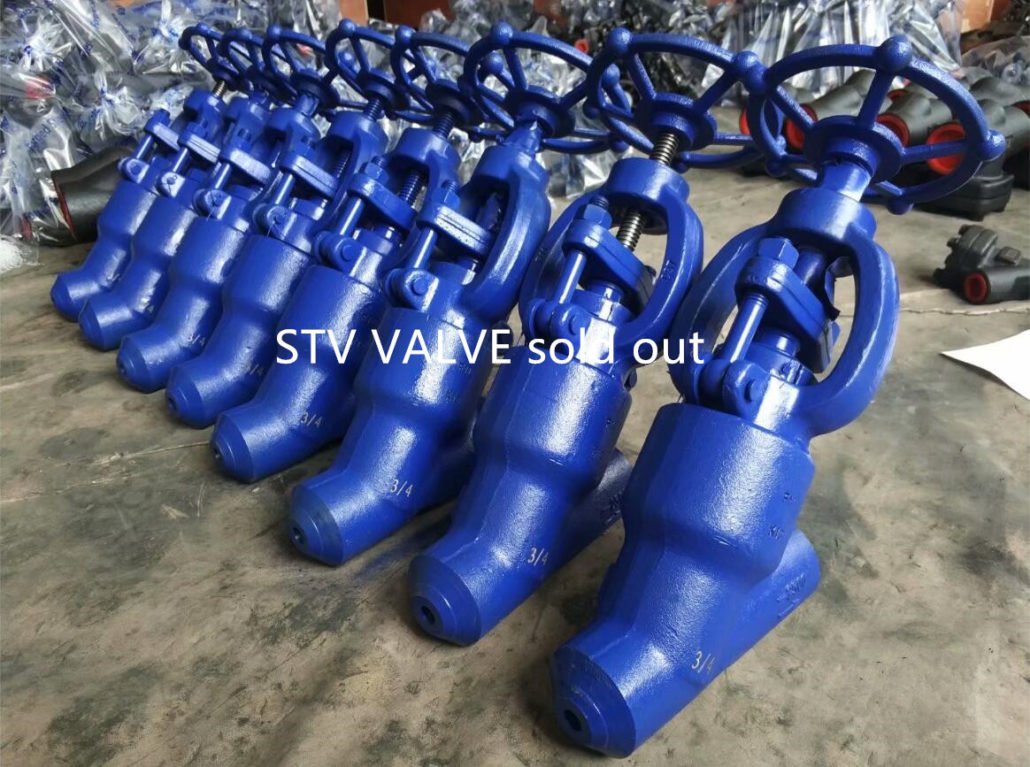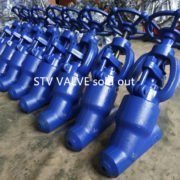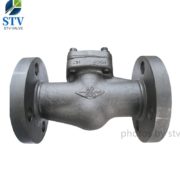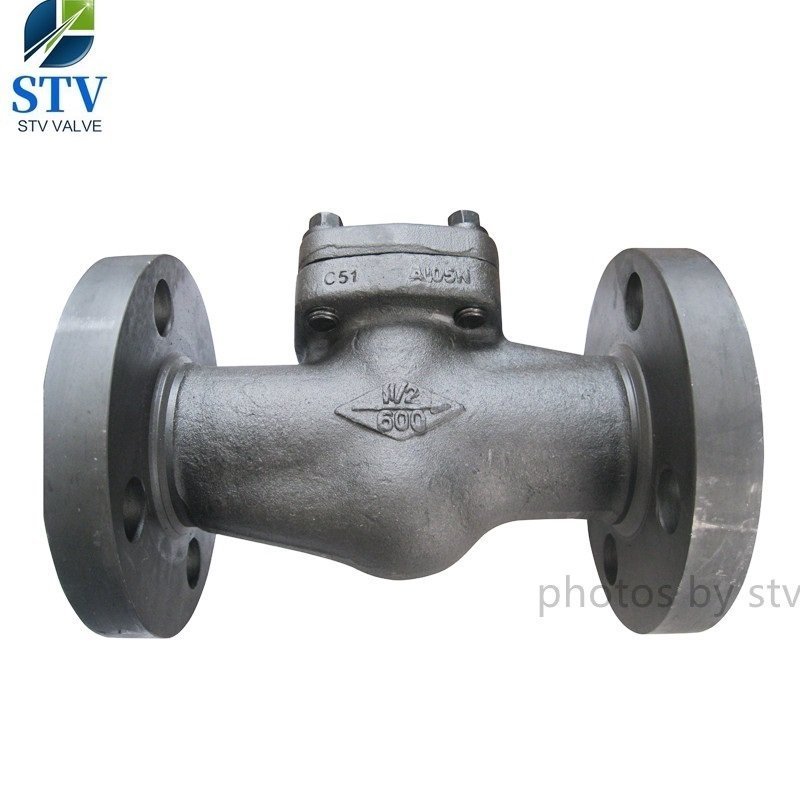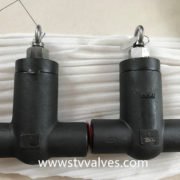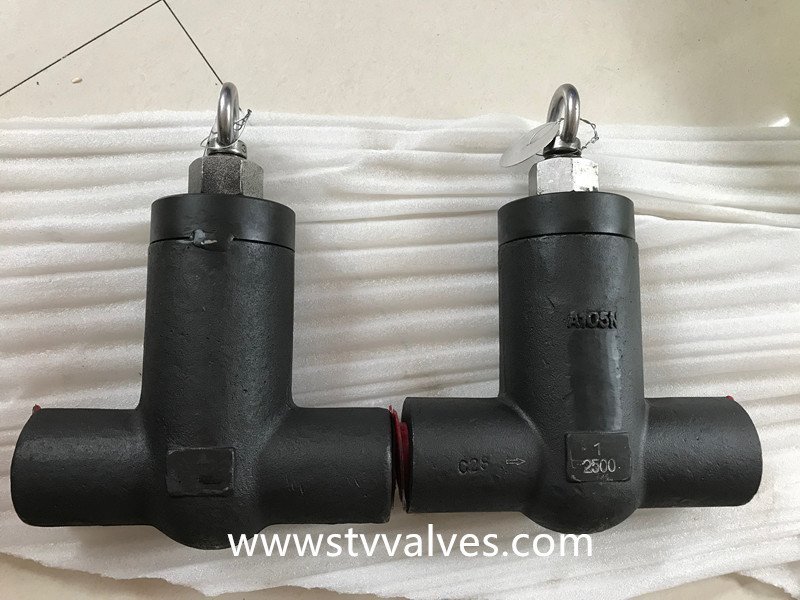How to solve the problem of water leakage or rust in the forged steel check valve
- Forging steel check valve storage environment should be noted, should be stored in a dry and ventilated room, and block both ends of the passage.
- The forged steel check valve should be inspected regularly, and the dirt on it should be removed, and the anti-rust oil should be applied on the surface.
- Forged steel check valves after installation should be regularly inspected to ensure their normal operation.
- Check the valve sealing surface for wear and repair or replace it according to the situation.
- Check the trapezoidal thread wear of the valve stem and stem nut of the forged steel stop valve, whether the packing is out of date, etc., and make necessary replacement.
- Test the sealing performance of the valve to ensure its performance.
- The valve in operation should be in good condition, the bolts on the flange and the bracket are complete, the thread is not damaged, and there is no looseness.
- If the handwheel is lost, it should be timely and not replaced by a spanner wrench.
- The packing gland is not allowed to be skewed or has no pre-tightening clearance.
- If the valve is used in a harsh environment and is susceptible to dirt such as rain, snow, dust, sand, etc., a protective cover should be installed for the valve stem.
- The scale on the forged steel stop valve should be complete, accurate and clear, and the valve seal and cap.
- The problem of depression and crack of the insulated forged steel stop valve.
- Forging steel check valve in operation, avoid knocking on it, or supporting heavy objects.
